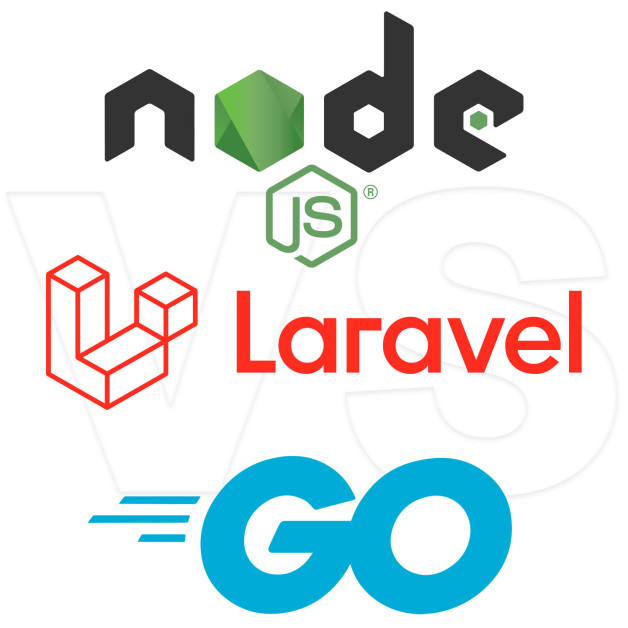Microservices architecture has become a go-to strategy for building scalable, maintainable, and flexible applications. When considering this architectural pattern, choosing the right technology stack is crucial. Three popular options are Node.js, Go, and Laravel. This article explores five key advantages each of these technologies offers in microservices development.
Node.js
Node.js is a JavaScript runtime built on Chrome’s V8 JavaScript engine. It offers several advantages in microservices development:
- Non-Blocking I/O Model: Node.js excels at handling concurrent requests due to its event-driven, non-blocking I/O model. This makes it ideal for building real-time microservices with high throughput requirements.
- Vast Ecosystem: The Node Package Manager (NPM) is one of the largest open-source ecosystems in the world. This gives developers access to thousands of libraries and tools that can accelerate microservices development.
- JavaScript Everywhere: Node.js allows developers to use JavaScript for both server-side and client-side programming. This streamlines development and fosters better collaboration between frontend and backend teams.
- Scalability: Node.js is designed to be highly scalable. With features like clustering and worker threads, it can efficiently distribute incoming requests across multiple processors, making it well-suited for scaling microservices.
- Active Community and Support: Node.js has a vibrant and active community, which means robust support and regular updates. This ensures that issues are quickly resolved and new features are frequently introduced.
Go
Go, or Golang, is a statically typed, compiled programming language designed at Google. It brings several unique benefits to microservices:
- Concurrency Model: Go’s goroutines and channels provide a simple yet powerful concurrency model. This makes it easy to build high-performing, concurrent microservices that can handle multiple tasks simultaneously.
- Performance: Go is known for its speed and efficiency. Being a compiled language, it offers lower latency and higher throughput, making it excellent for performance-critical microservices.
- Built-In Tools: Go comes with a rich set of built-in tools for testing, benchmarking, and profiling. This simplifies development and helps maintain high code quality in microservices projects.
- Static Typing and Compile-Time Safety: Go’s static typing helps catch errors at compile time, leading to more reliable and maintainable code. This is particularly beneficial in large microservices projects where preventing runtime errors is crucial.
- Simplicity and Clean Syntax: Go is designed for simplicity, which leads to clean, readable code. This is advantageous in microservices development, where maintainability and clarity are key.
Laravel
Laravel is a PHP framework known for its elegance and developer-friendliness. It provides several advantages for microservices:
- Expressive Syntax: Laravel’s expressive and intuitive syntax simplifies development, allowing developers to focus on business logic rather than boilerplate code.
- Rich Ecosystem: Laravel boasts a robust ecosystem of tools and libraries, such as Eloquent ORM and Blade templating. These tools accelerate microservices development by providing solutions for common challenges.
- Built-In Features: Laravel comes with built-in features like routing, authentication, and caching, which are essential for microservices. These features simplify the development process and enhance productivity.
- Scalability: Despite being known for monolithic applications, Laravel can be effectively used for microservices with the help of tools like Lumen (a micro-framework by Laravel). This provides a lightweight and scalable option for microservices architecture.
- Developer Community: Laravel has a strong and active developer community. This means ample resources, tutorials, and support, which is beneficial for developing and maintaining microservices.
Conclusion
Choosing the right technology for microservices development depends on various factors, including team expertise, performance requirements, and project complexity. Node.js excels at handling concurrent requests with its non-blocking I/O model. Go offers superior performance and a robust concurrency model. Laravel provides a rich ecosystem and developer-friendly features.
Each technology has its own strengths and is suited to different scenarios. The choice ultimately hinges on the specific needs of your microservices architecture and the preferences of your development team.
